When it comes to thinking up all the veggies that start with ‘D’ letter, we’re sure you can appreciate that this is a harder task than you first think.
Especially if someone asks you to list as many as you can off the top of your head! Sometimes when people ask you questions like this, your mind will just go blank.
You may even forget what plants are classed as vegetables, never mind how many have names starting with D!
There’s no need to panic. We’ve put together a list of tasty veggies that all start with the letter D in their name.
So the next time someone tries to put you on the spot, you can confidently recite this list and wow them with all of your foodie knowledge. That will show them!
Let’s take a look at some of the popular vegetables that have names starting with the letter D.
1. Dabberlocks
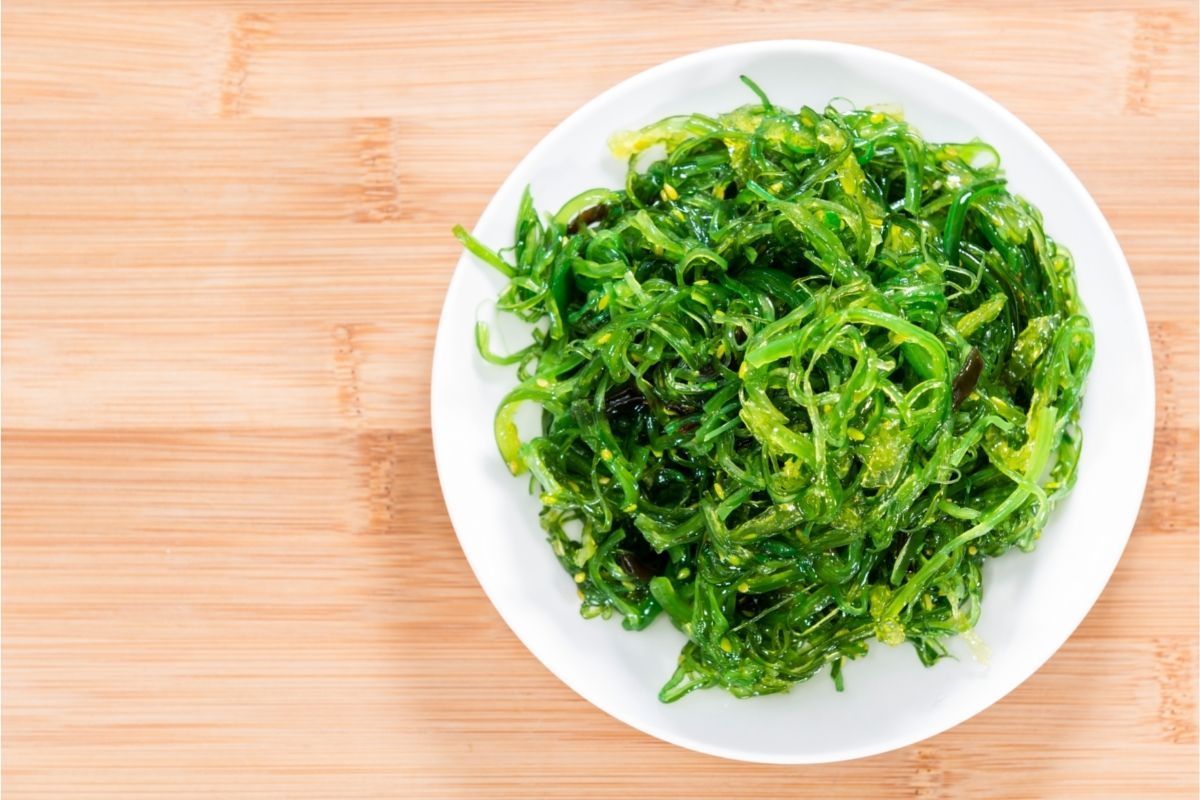
Ever heard of dabberlocks before? This is a type of seaweed or kelp that is usually found around the coasts of both England and Ireland.
This fascinating variety of seaweed can grow as long as 2 meters, and can be eaten either cooked or raw.
You can either enjoy your dabberlocks in a tasty salad, or even as a tasty addition to your classic miso soup.
2. Dandelion
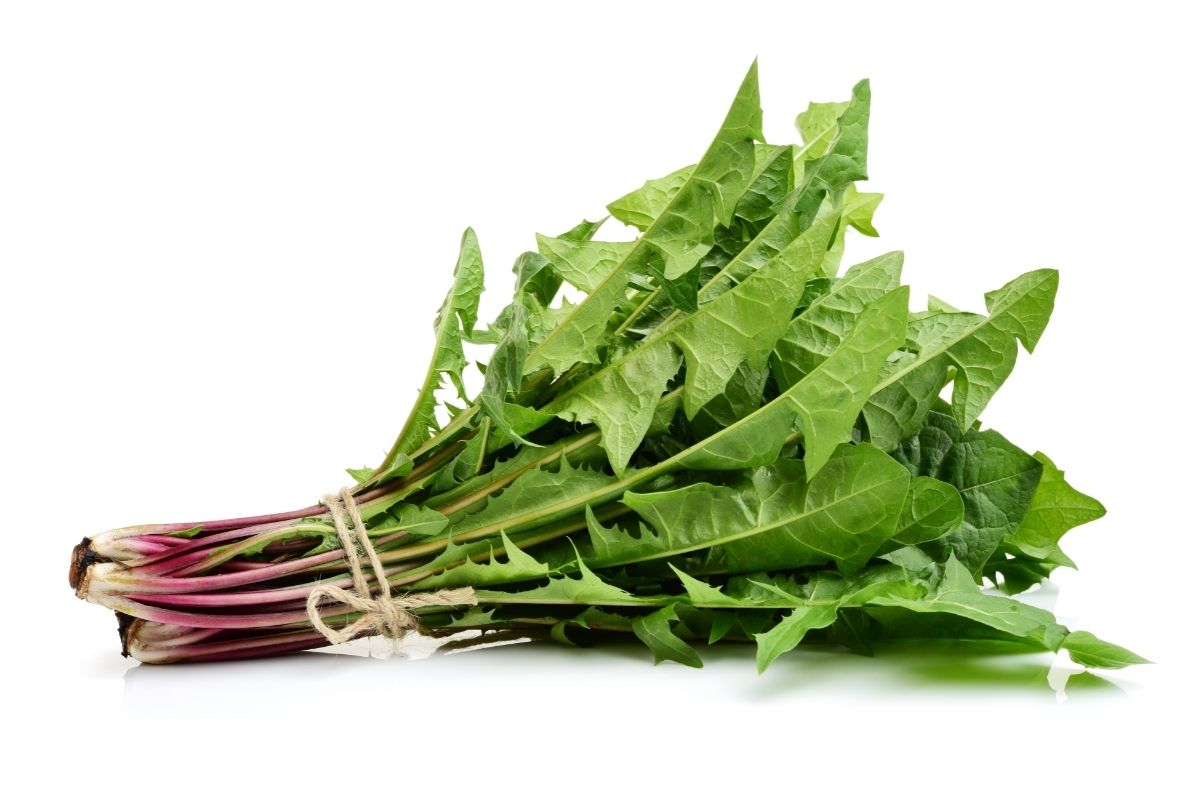
You likely walk past this particular plant any time you wander around a grassy patch of land. Recognizable by its vibrant yellow flowers,
the dandelion is typically classed as an invasive weed, and can be notoriously hard to get rid of. However, it can also be used in a range of tasty dishes!
The whole of the dandelion is edible. You can either roast or sautéed its roots for a tasty treat, or you can pickle its delicate flowers for a tasty garnish.
Interestingly, the dandelion flowers can also be used to make a tasty homemade wine.
3. Daylily
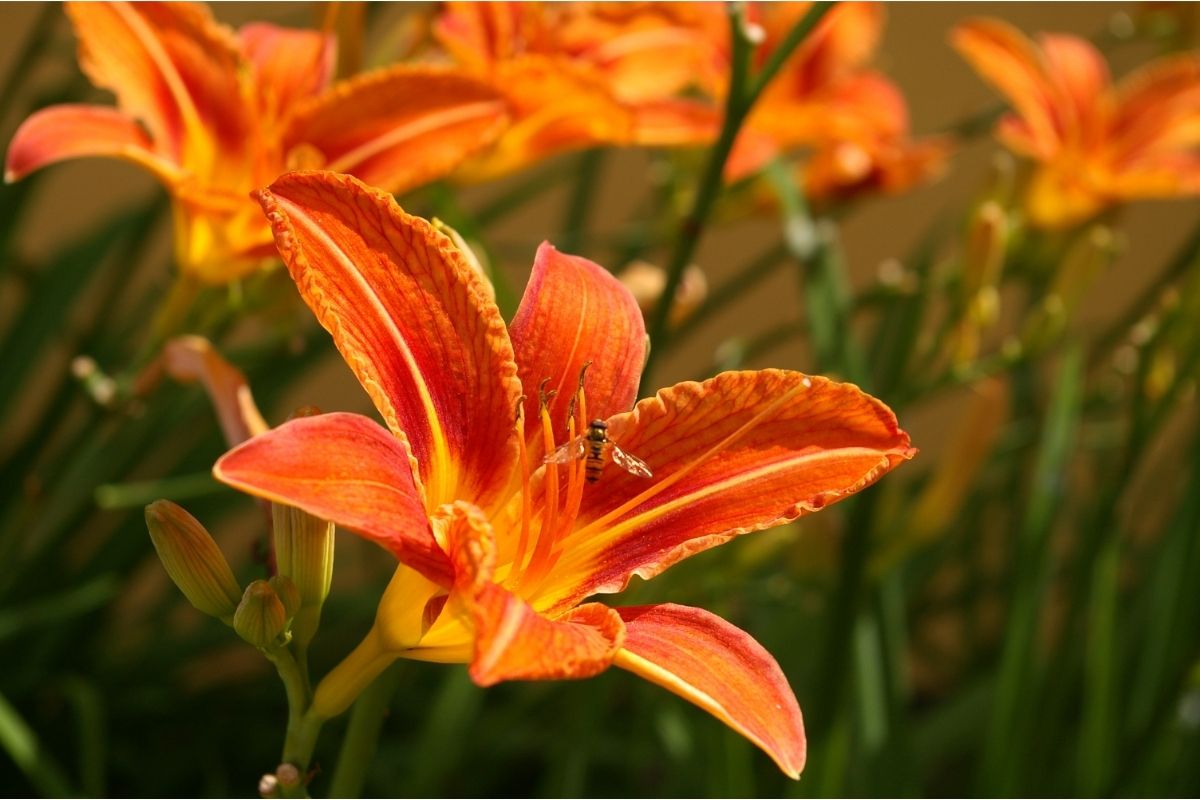
You may be scratching your head as to why the daylily has been included on this list of vegetables that start with the letter D.
However, the daylily is a popular ingredient in several Chinese dishes, and it is completely edible.
Both the stems and flower petals can be eaten. You can either add the petals as a garnish to your dish, or you can steam the stems of the daylily plant just like you would with asparagus. Make sure not to confuse it with the tiger lily plant, which is toxic.
4. Dill
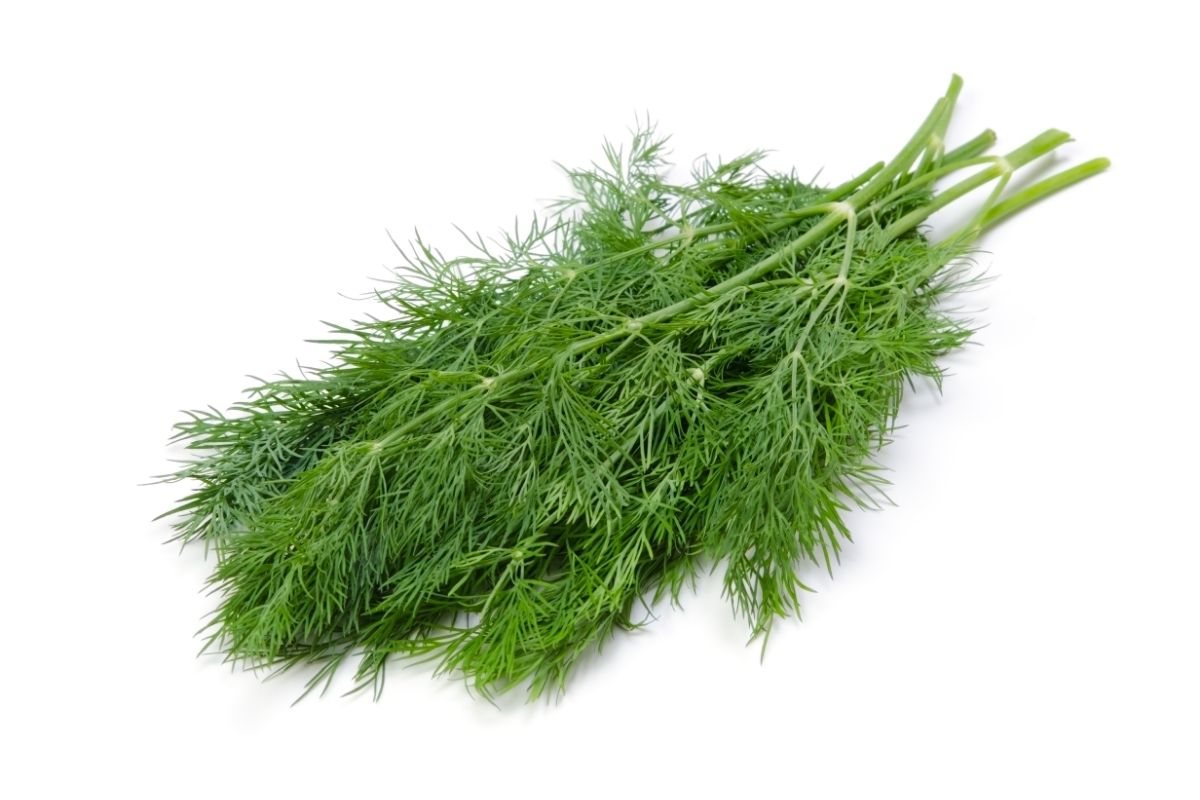
If you love eating salmon or other types of fish, you will already know the merits of this particular herb. Dill is a close relative of both celery and parsley.
Because of its delicate nature, dill is typically added towards the end of the cooking process. It can be used both fresh or dried.
This is a particularly aromatic herb that can be used in a whole range of different recipes.
5. Dolichos Beans
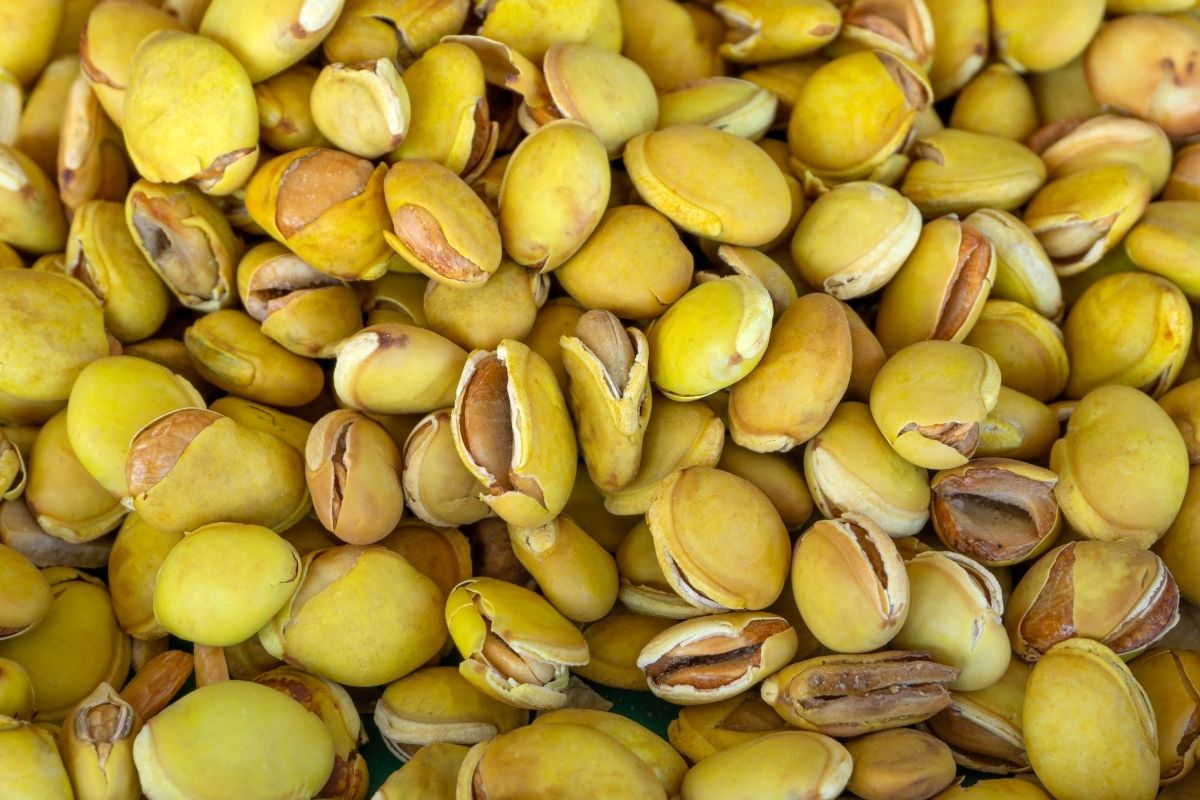
You would be forgiven for thinking that dolichos beans are actually peas at first glance. However, the dolichos bean is a variety all of its own,
and some versions of this can even have a vibrant purple color rather than the standard green. Dolichos beans can also be known by another name: hyacinth beans.
While the flowers and leaves are safe to be eaten raw, you will need to ensure that you cook the beans themselves thoroughly. The pods can often be toxic if consumed in their natural raw state.
6. Dulse

Fancy trying something a bit different? Then why not give dulse a try! This is an edible type of seaweed that can be enjoyed in several ways. It is a relative of kelp and nori, which are popular varieties used to make sushi.
Dulse, however, can be baked in the oven until crisp, or dehydrated for a nice crunchy snack.
This variety of seaweed packs a healthy punch. It is an excellent source of protein and fiber, and there is also a healthy dose of trace minerals, essential vitamins, antioxidants, and omega fatty acids.
7. Death Spiral Pepper
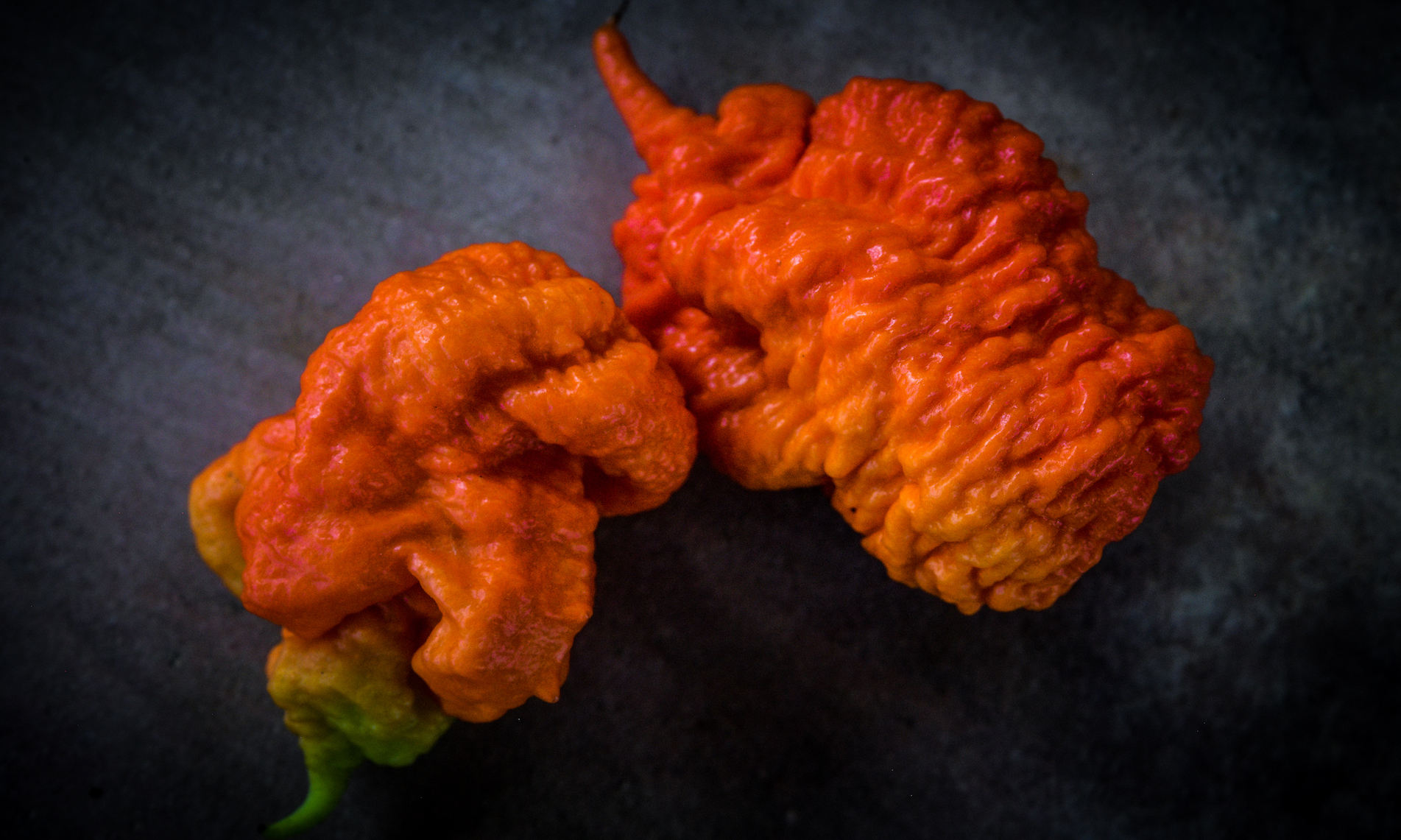
When a chili pepper comes with the name “death spiral pepper”, you know you’re in for a painful ride. The death spiral pepper gets its name from its unique spiral bumpy ridge pattern that flows all around the pod of the pepper.
This is one of the spiciest varieties of the world, and comes with a Scoville rating of around 1,300,000 units. It is a variant of the Naga Bubblegum Red Cross that was cultivated by Terry Smith in the UK.
Because of their spicy nature, the datil pepper is often used in Mexican cooking as well as in a variety of Mediterranean recipes.
8. Diamond Bell Pepper
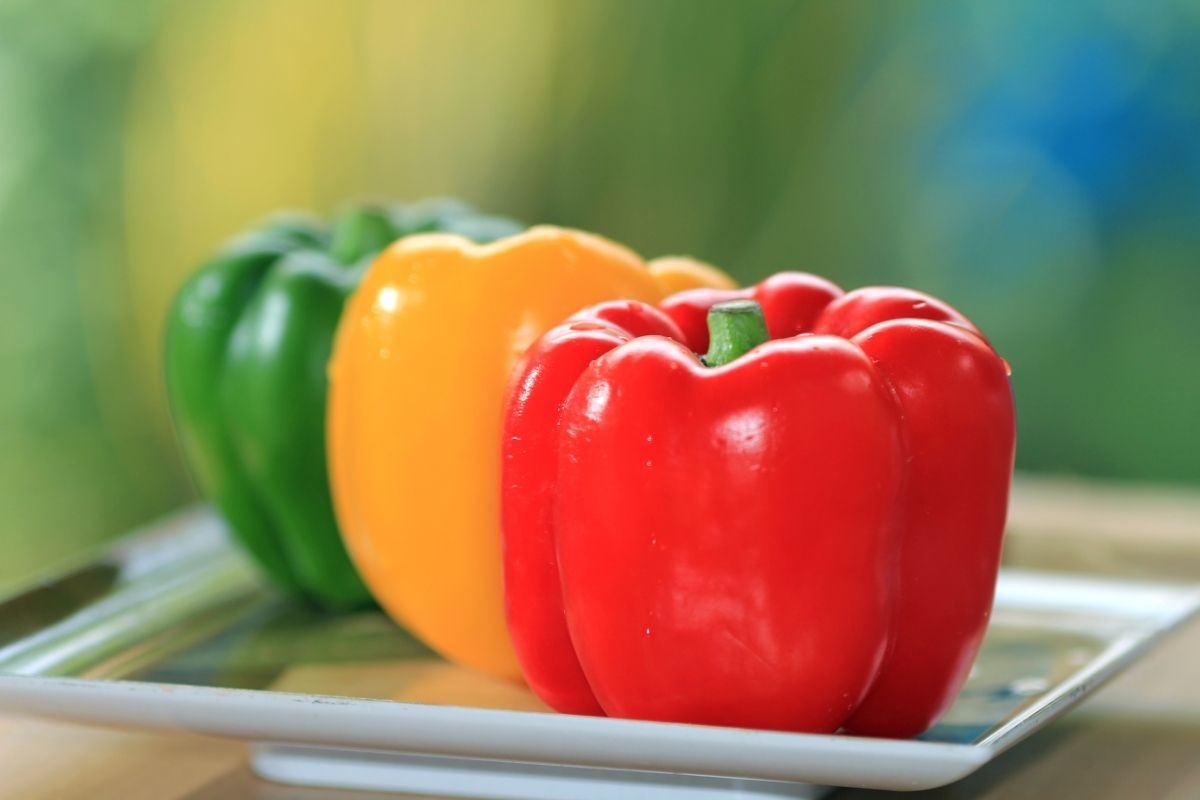
Don’t fancy any of the spicy peppers that we’ve included on our list? Then the sweeter diamond bell pepper is the vegetable for you to try.
It is a close relative to the standard bell pepper, but has been grown into a diamond shape rather than the standard pepper shape. It has a sweet flavor profile and can be enjoyed both cooked and raw.
This variety of bell pepper tends to have a creamy white color once they have ripened, earning them the comparison to a diamond.
They can grow a deep red if left too long on the vine, so it’s advised to pick them before they do this if you are trying to grow them in your own garden.
You can stuff them with different ingredients, or roast them as you would with a standard bell pepper.
RELATED: How to Prune Dill: The Right Way
9. Dubna Garlic
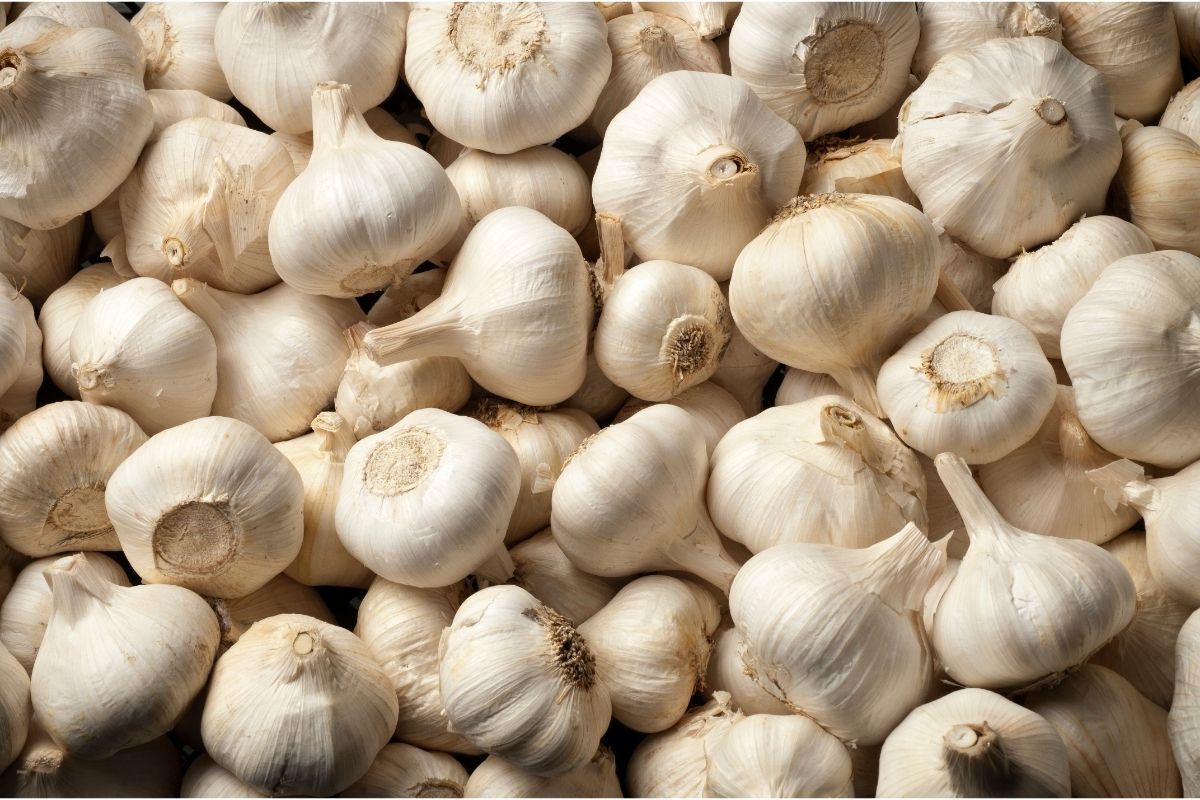
Did you know that garlic was available in colors other than white? There is of course the unusual black garlic variety, but the version that starts with the letter D in its name is of course dubna garlic.
This is an heirloom variety that features a deep purple color along the garlic clove coverings.
This is a widely versatile variety of garlic that can be used in a whole range of savory dishes, including casseroles, pasta dishes, and many more.
10. Dazzling Blue Kale
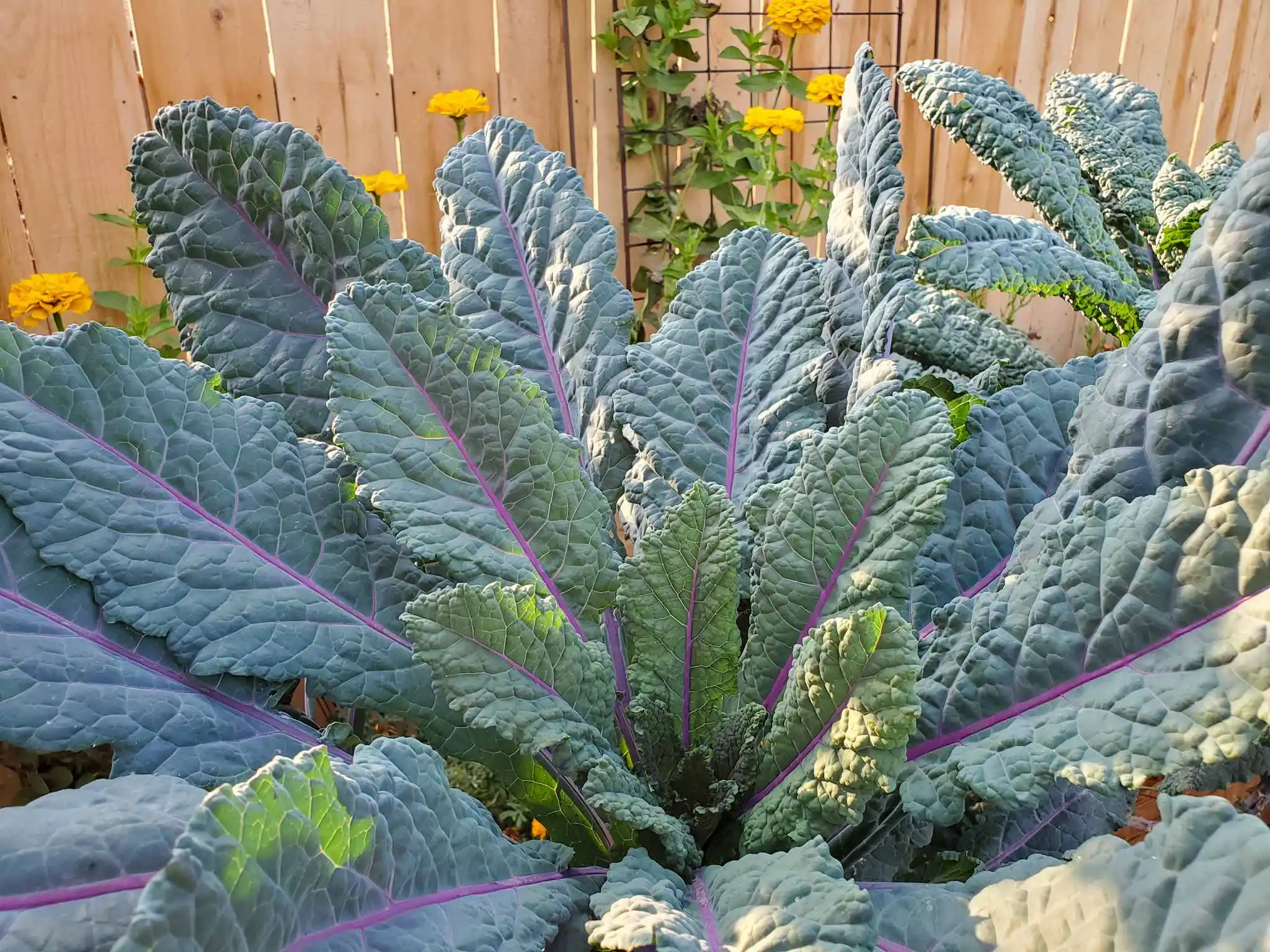
If you love the taste and health benefits of green varieties of kale, then you will have to make sure to try the dazzling blue kale variety.
Whereas its standard cousin is green, the dazzling blue kale variety features leaves which have an intriguing blue, smoky hur to them, with purple tones through in.
This is a wonderfully versatile variety of kale that features tender leaves which can be eaten both cooked and raw. They make a tasty addition to salads because of the leaves’ tender nature.
11. De 18 Jours Radish
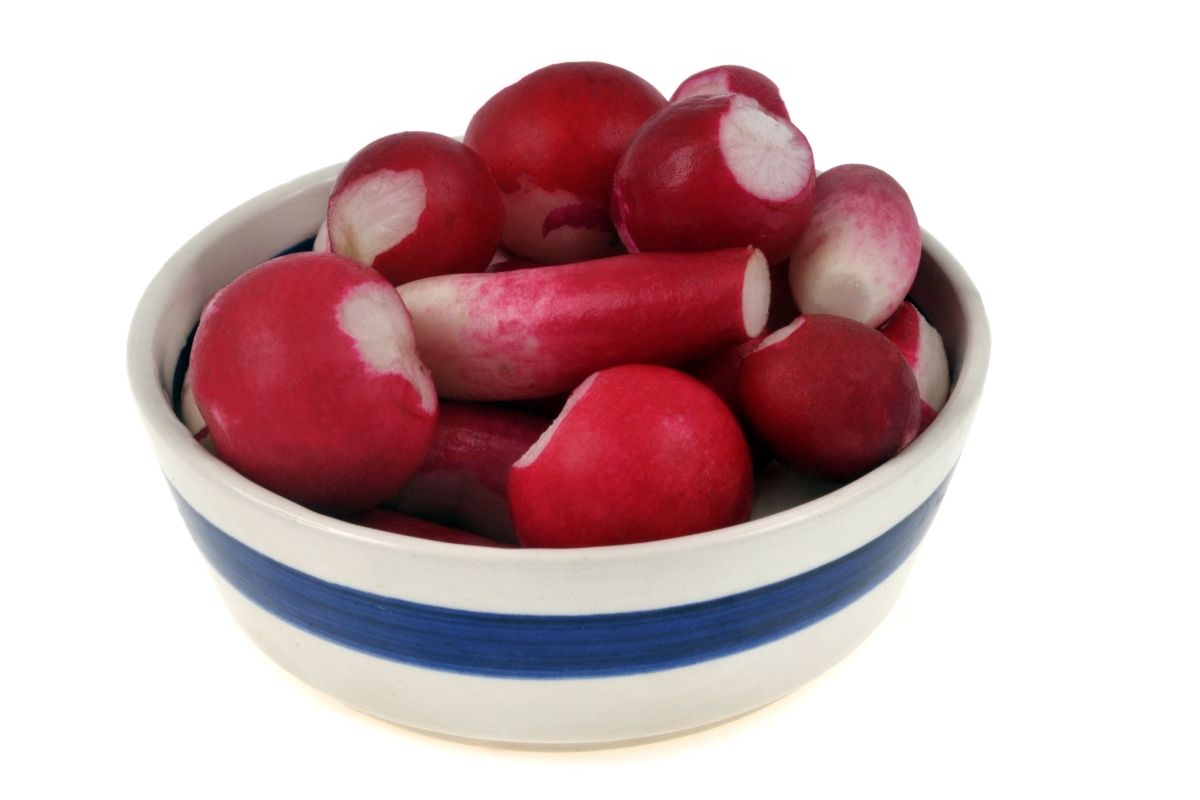
The de 18 hours radish is an heirloom variety that gets its name from the fact that it matures in as little as 18 days. So once the time period of 2 weeks has elapsed, the roots will be ready for harvesting.
The de 18 hours radish is no larger than the human thumb, and it can be enjoyed both cooked and raw. This variety of radish tends to have a pepper, sweet flavor.
You can thinly slice this variety of radish to add some crunch to your salads, or roast it with garlic to give them a bit more flavor.
12. Dock
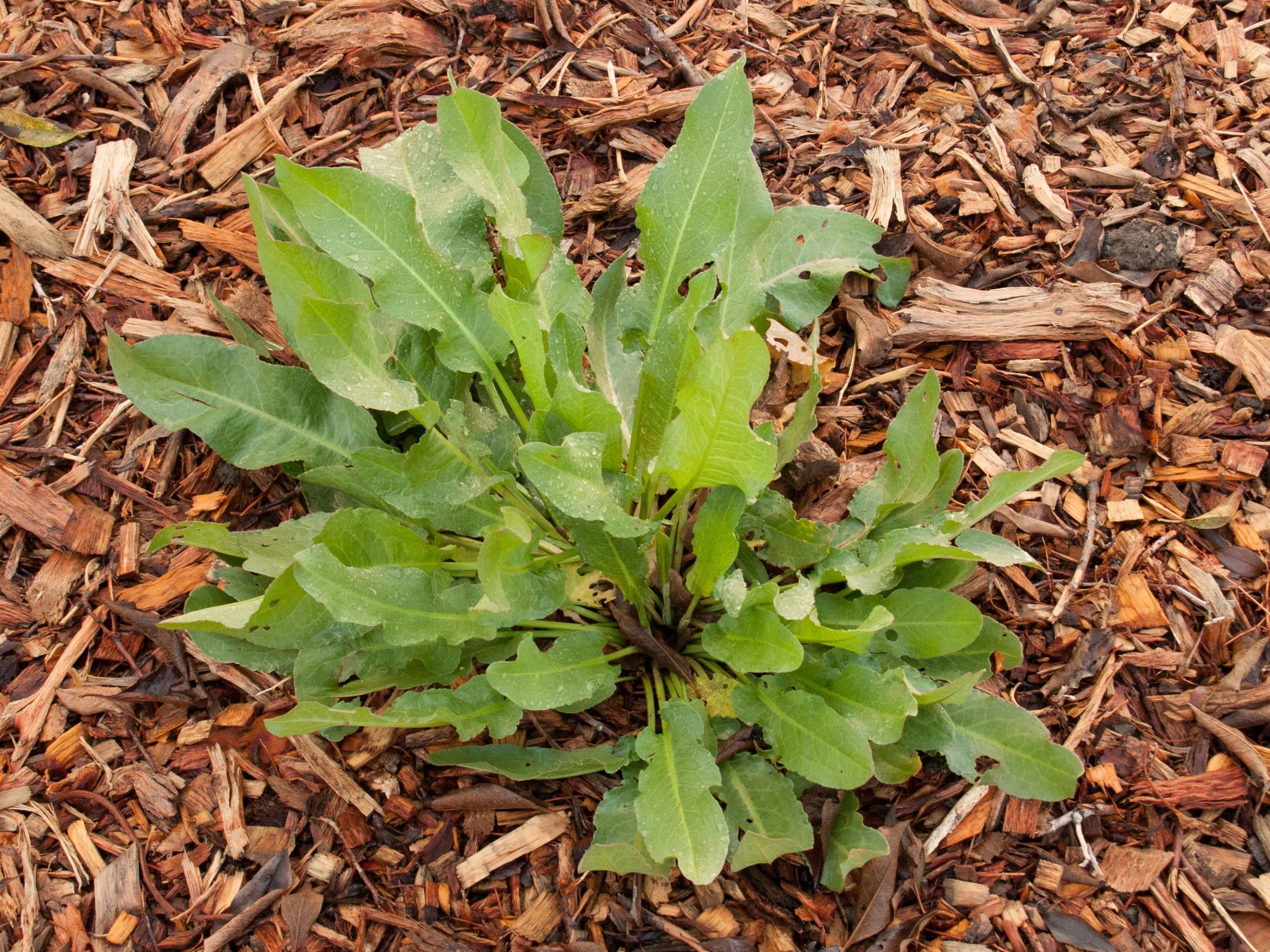
Chances are that you thought dock was merely a weed. So it may surprise you to learn that this plant is actually edible, and can be enjoyed both cooked and raw! It is also known by different names, including yellow dock or curly dock.
The plant can start to become stringy and woody when the dock has bolted and started to produce seeds, so it will be best to pick it when the plant is tender and small.
You can enjoy dock by removing their midribs as you would with Kale, then add them to your salads. If you want to cook it, you can add them to baked dishes or soups.
13. Daikon Radish

You’re likely familiar with the red skinned radish, but what about its cousin, the daikon radish? This particular variety of radish is also known by several other names, including white radish, lo bok, or Japanese radish.
It is long and appears similar to a carrot in terms of shape, and can be eaten both cooked and raw. Why not add a bit of crunch to your salad by slicing up your daikon radish, or add it to your stew for some added flavor?
14. Dasheen
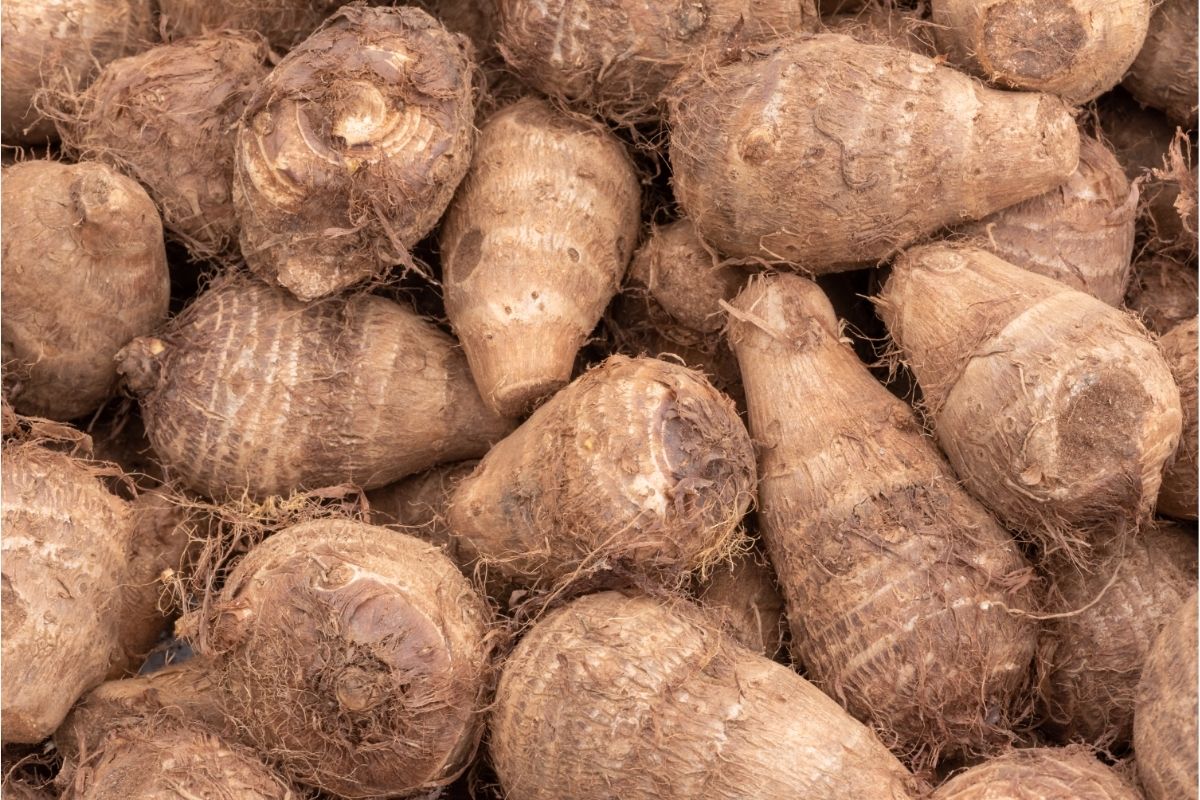
You may have heard of this tuber vegetable by another name entirely: taro. However, in some Caribbean areas where this root vegetable is popular, it is typically referred to as dasheen. So we thought it was well worth including on our list!
The leaves of the dasheen plant are also edible, however, it’s the tuber that is most often consumed around the world. It can be used in a variety of savory dishes to tempt your taste buds.
15. Delicata Squash
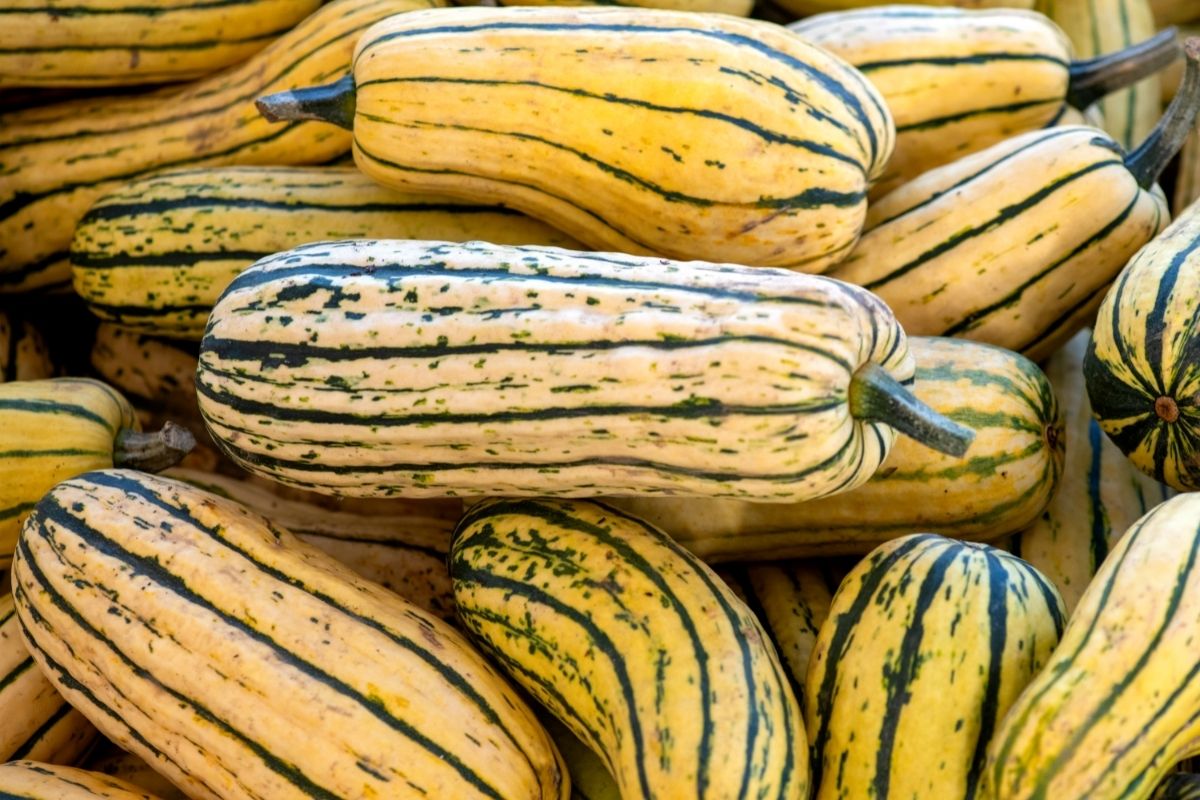
The delicata squash is just one of the many tasty squash varieties that can be found around the world.
Pedants may insist that the delicata squash is technically a fruit because it grows on the vine above ground, however, squash is frequently considered to be a savory vegetable in most cooking cases.
This particular variety of squash has an interestingly mild flavor profile, and can be combined with a whole range of ingredients. It is wonderfully versatile and can be used for both sweet and savory dishes.
16. Dinosaur Kale
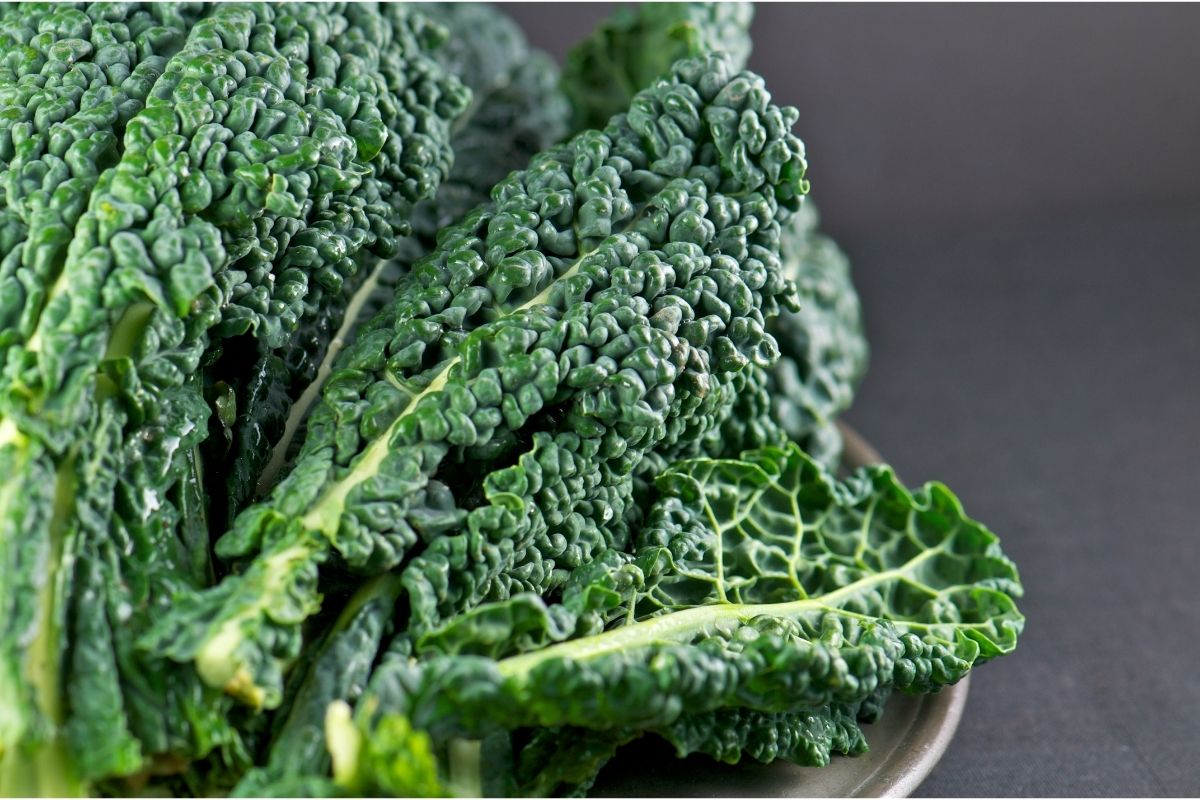
Interestingly, dinosaur kale is also known by several other names. These include lacinato kale and Tuscan kale.
Dinosaur kale gets this particular name from the appearance of its leaves, which are notably bumpy compared to other types of kale. This unique bumpiness has been compared to reptile skin, hence the mention of dinosaurs.
This variety of kale can be enjoyed both cooked or raw, and has a tender texture to it.
17. Drumstick Plant

The drumstick plant is known by many names, the most common of which are horse radish tree and moringa. This is one of the few plants where the entirety of it is actually edible.
It is also a great vegetable to consume if you want to give your immune system a boost, as it packs a healthy punch.
The drumstick plant actually has way more essential vitamins and minerals in it than carrots, oranges, and milk.
People tend to use either the seed pods, flowers, or the leaves for culinary purposes. The seed pods have a similar flavor to asparagus and can be used for making curries, stir fries, or even soups.
18. Datil Pepper
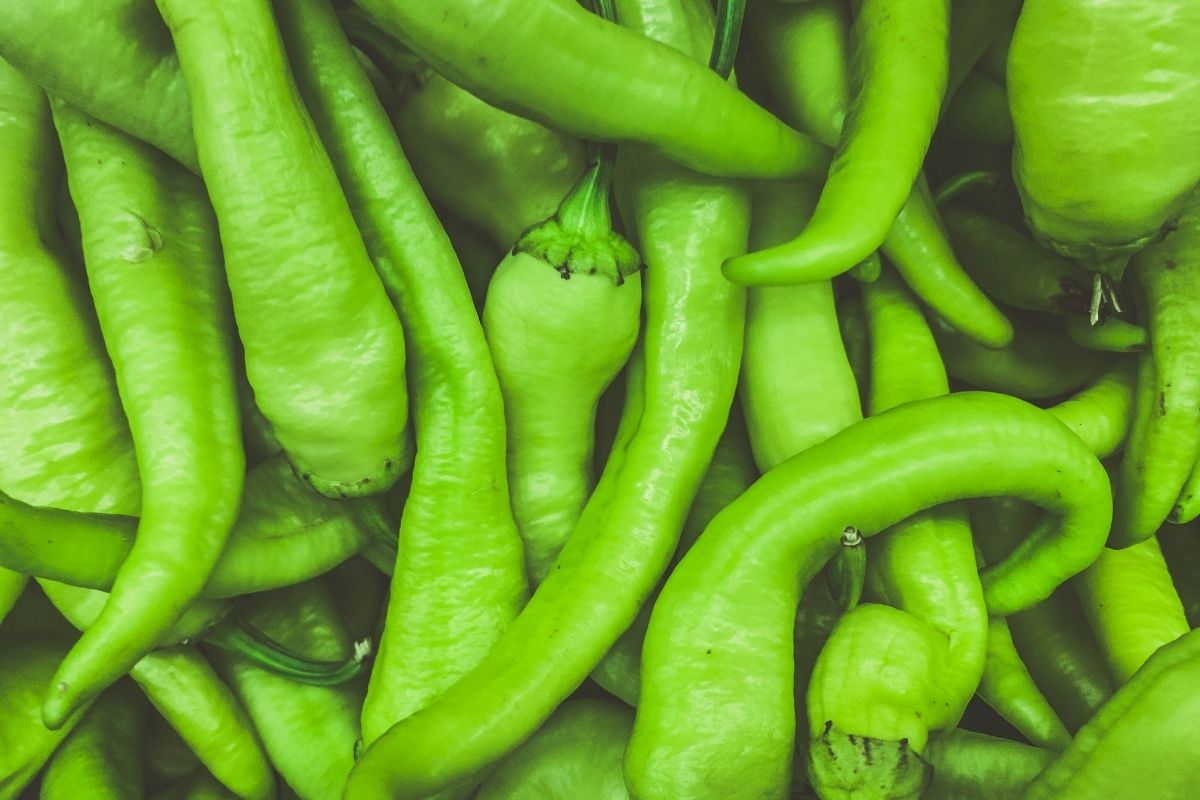
Perhaps one of the spicier varieties of pepper, the datil pepper packs more than 12 times the heat of the jalapeño. They measure between 100,000 to 300,000 on the Scoville scale.
These peppers are quite small compared to other varieties of chili, and they tend to be yellowish green once they have fully ripened. At their full length they only measure around 1 inch, which makes them deceptively spicy.
The datil pepper tends to be grown in Cuba or Florida. This variety is often used to create different types of hot sauce because of their strong spiciness. They are also a close relative to the yellow lantern chili and other related varieties.
19. Dragon Yongue Bush Bean
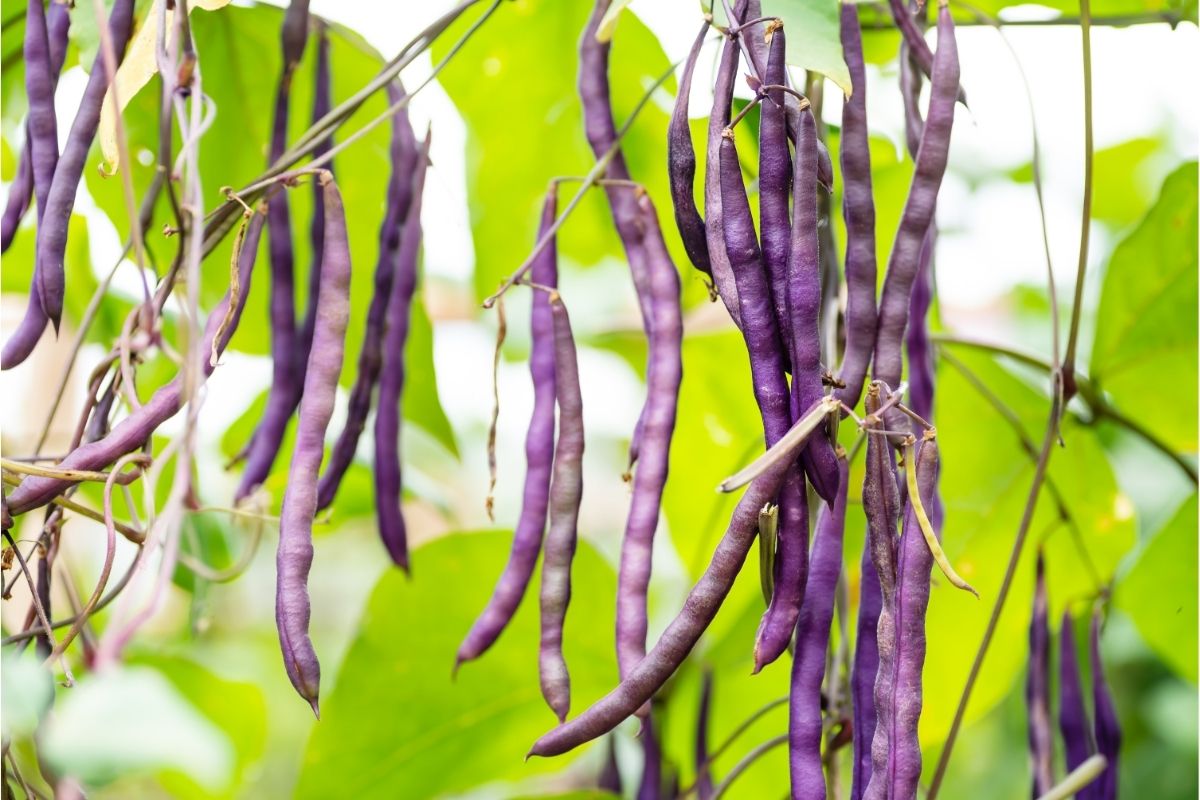
Originating from the Netherlands, the dragon tongue bush bean is one of the more intriguing bean varieties around the world.
Whereas other varieties of beans such as runner beans have traditionally green pods, these dragon tongue bush beans have remarkable yellow pods with beautiful purple stripes. They can grow to an impressive 8 inches in length.
Dragon tongue bush beans can be eaten either fresh as you would a snap bean variety, or you can wait for the pods to mature and then harvest the shelled beans from inside.
They have a delicate, sweet, and juicy flavor to them, and they can be enjoyed both cooked and raw.
20. Dragon Carrot

You would be forgiven for thinking that all carrots are orange. In fact, this popular vegetable was originally purple rather than the orange that we know it as today.
That’s what makes the dragon carrot so special – this is an heirloom variety, so was one of the first types of carrots actually grown for food. It features a rich purple color, and they also feature a spicy to sweet flavor profile.
The dragon carrot is also known as the daucus carrot, and is of a similar size to a standard carrot.
21. Diamond Eggplant
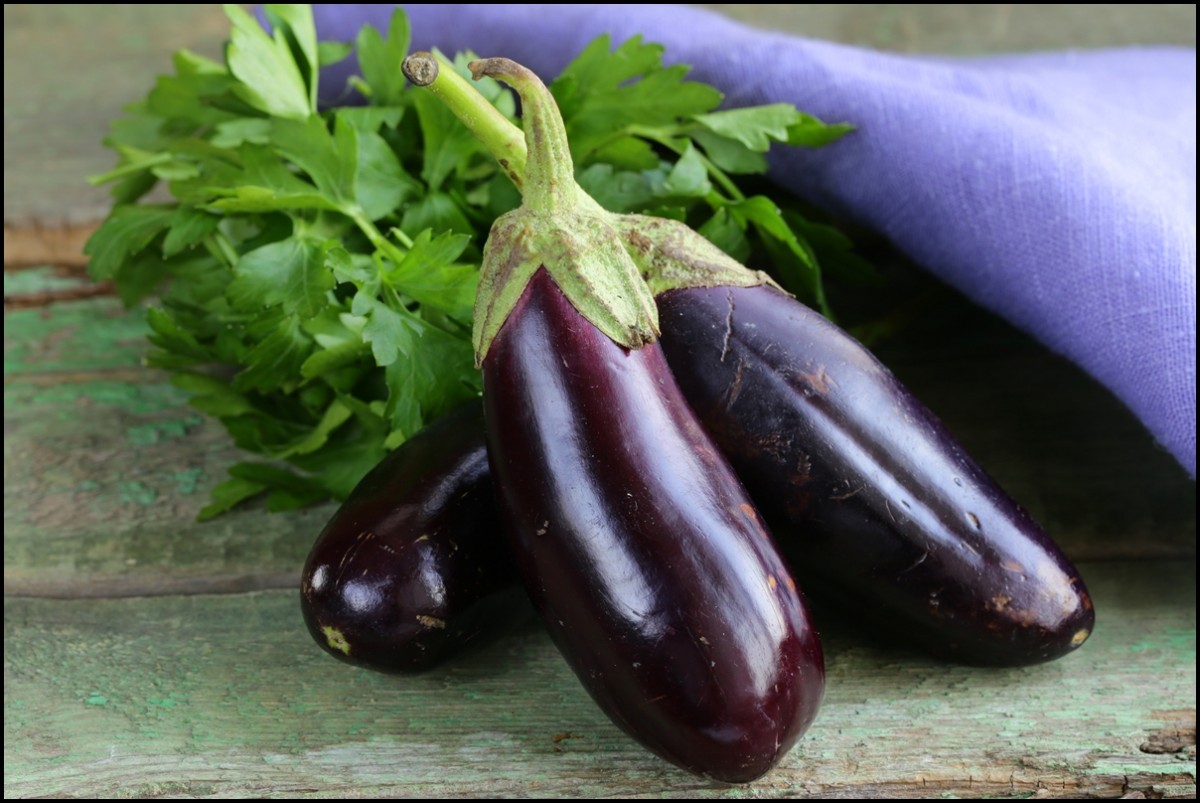
This is a vegetable that you are actually very unlikely to find in your local grocery store. The diamond eggplant gets its name from the fact that it’s such a rare variety to find.
These are also much smaller than the standard eggplant, which makes them the perfect size for an individual food portion.
Unlike the standard eggplant, which is of course purple skinned, diamond eggplants feature a very rich purple color to the point where they appear black.
The diamond eggplant first originated in Ukraine, and are quite few and far between throughout the rest of the world.
22. Delicacy White Kohlrabi
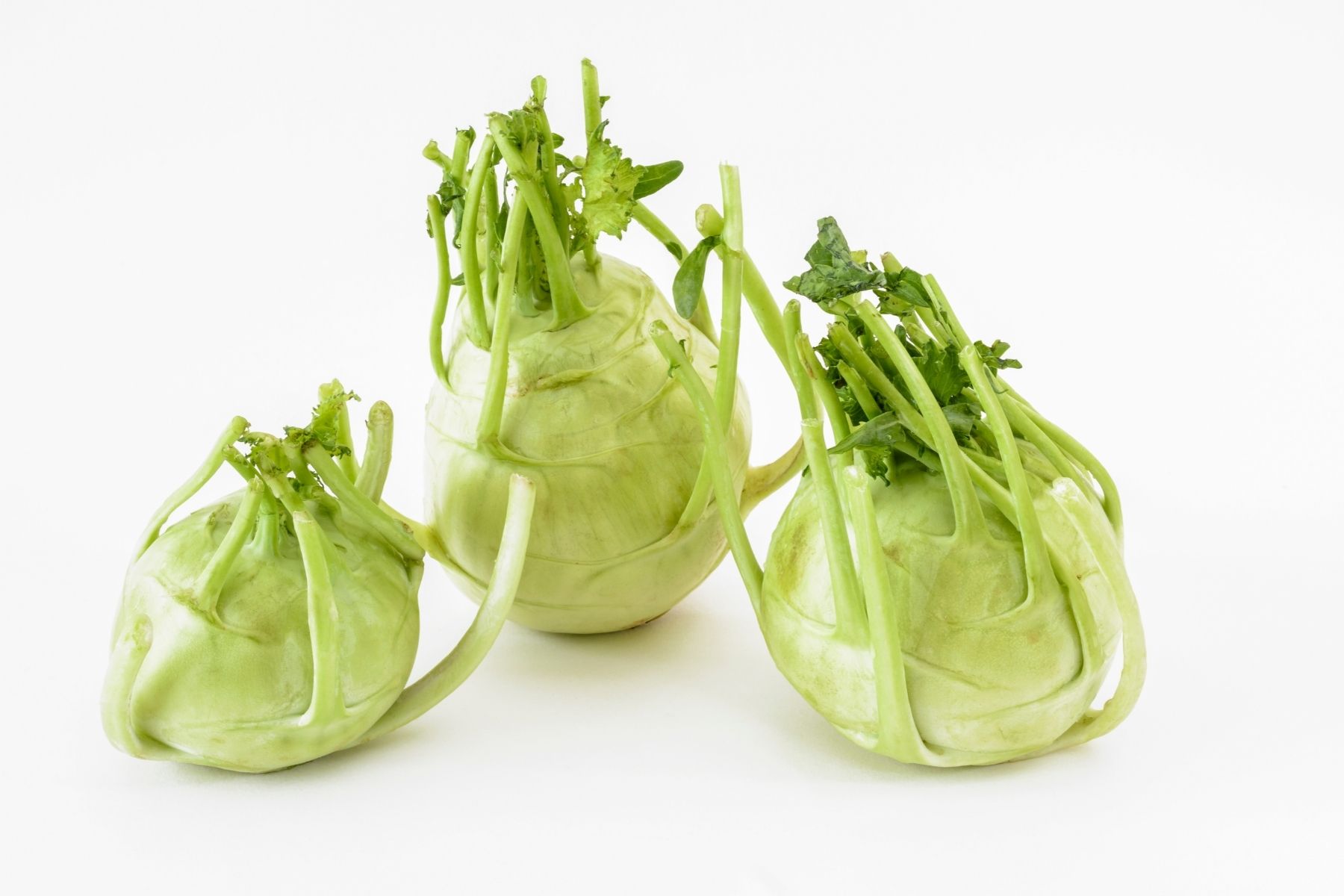
Perhaps one of the more unusual varieties of vegetable beginning with D, the delicacy white kohlrabi is a close relative to other types of cabbage and broccoli.
A member of the brassica family, the delicacy white kohlrabi is unusual in more ways than its appearance.
Whereas other members of the brassica family taste better when cooked, the delicacy white kohlrabi actually tastes much better when eaten raw.
It has a spicy and sweet flavor profile, similar to that of a cabbage heart, and can sometimes sport a slightly nutty aftertaste. Why not try shaving it into salads for a tasty addition?
RELATED: Lean, Mean, and Dark Green: 15 Different Types Of Dark Green Veggies
23. Dickinson Pumpkin
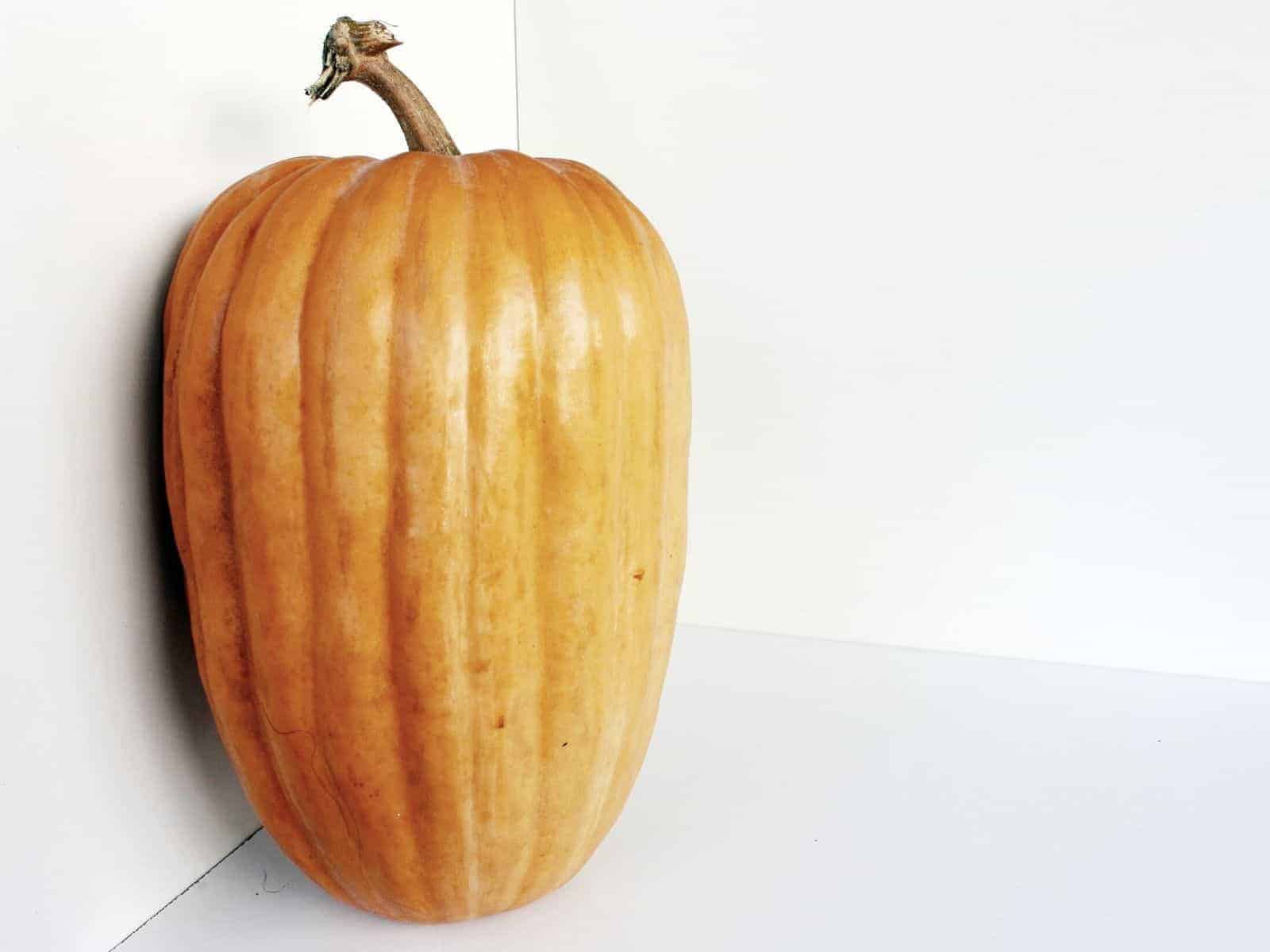
A particular favorite around Thanksgiving, the Dickinson pumpkin variety has a sweeter flavor profile that lends itself well as a pumpkin pie filling.
You can of course opt for the canned variant, but it will taste much nicer in the long run if you opt for the real deal.
Originally grown in the early 19th century by Elijah Dickinson – hence the name – the Dickinson pumpkin has soared in popularity over the centuries.
In Summary
And there you have it! Isn’t it fascinating how some letters of the alphabet such as D can have so many types of vegetables under it, whereas others only have a small handful?
Either way, we hope that you’ve enjoyed reading through our list of vegetables beginning with D.
We’re sure that you already knew many of the vegetables that we’ve talked about in more detail above, and that there were also some completely new ones to you.
Are there any tasty veggies that start with the letter D that you think we’ve missed off our list? Which is your favorite? We’d love to hear all about it in the comments below.







